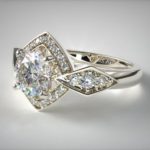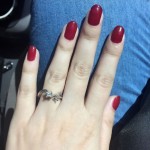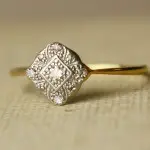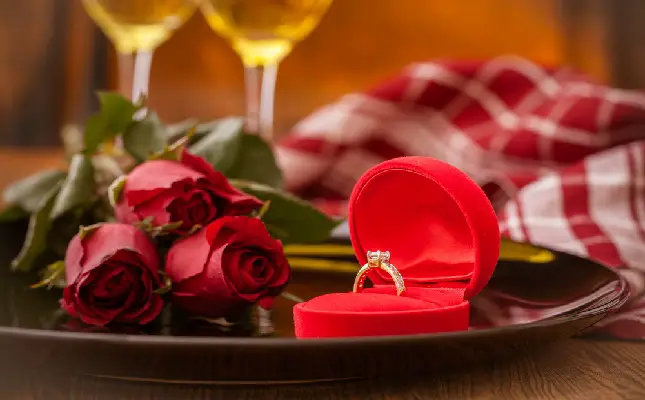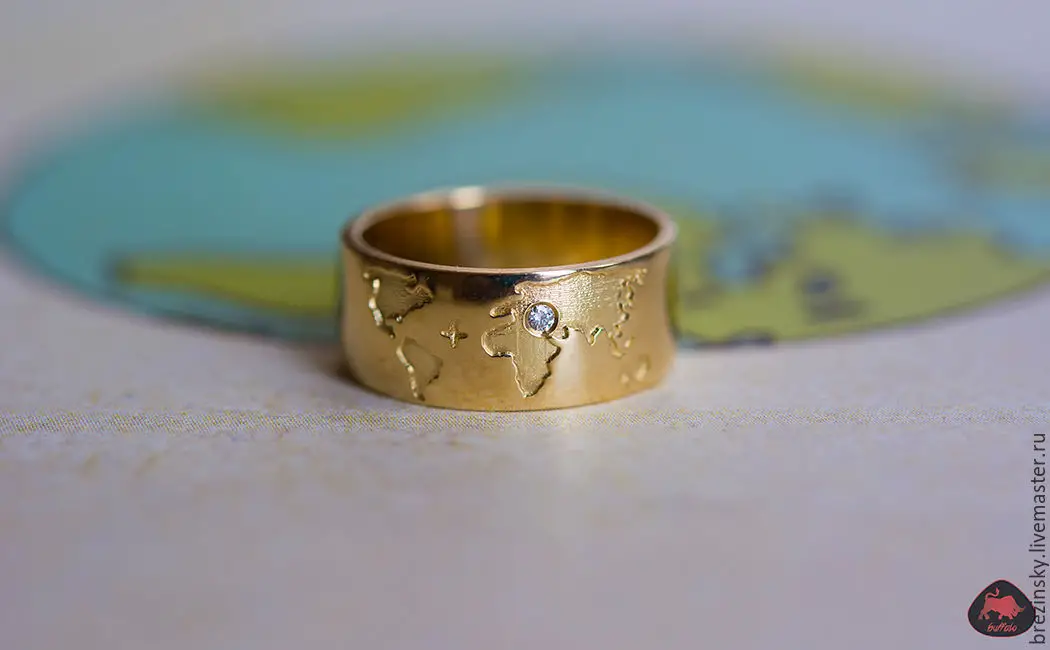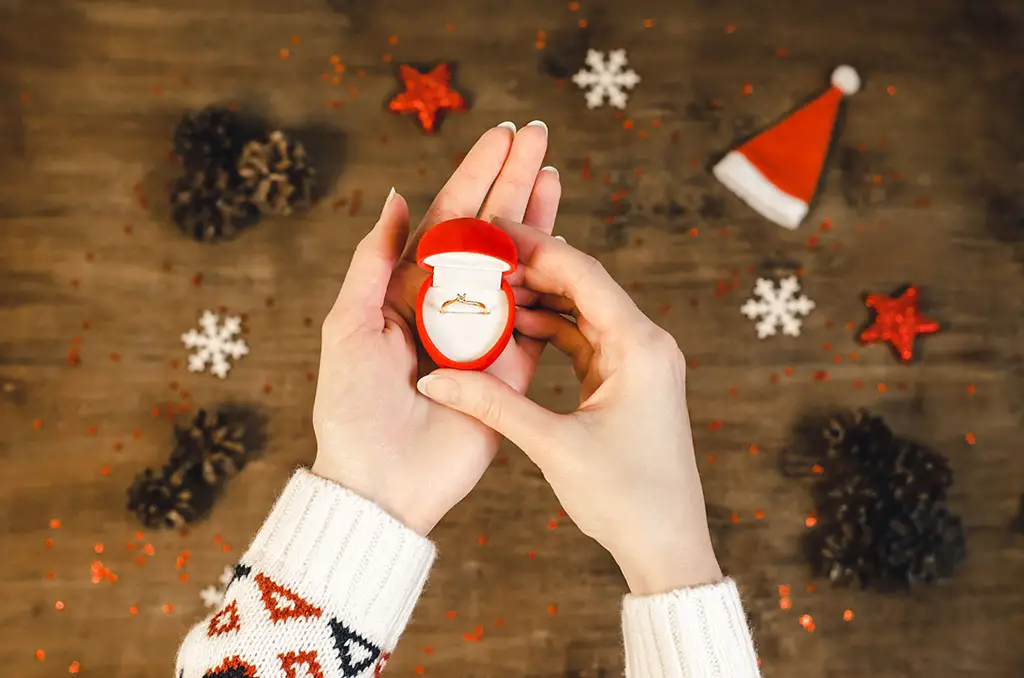Diamonds and gemstones of any kind are never perfect. They are a naturally occurring substance and for that reason, they develop blemishes and cracks as part of their formation process. But because every bride wants a perfect diamond, the jewellery industry has come up with some ways to treat gemstones so that their imperfections are hidden. Here is what you need to know about gemstone treatments and why you should avoid them…
Why Are Gemstones Treated?
Firstly, we should point out that it is of course possible to get your hands on a flawless gem that needs no treatment whatsoever (although it will cost you your life savings and then some). Gemologists examine rough cuts of diamond, sapphire and any other stone in existence to determine where the most significant flaws are. They will then recommend a cut, size and angle for the finished gem to minimise the presence of flaws in it and maximise its value. It’s a very precise skillset, and a number of factors need to be in place to find a gem that can end up flawless. But still, it does happen.
Unfortunately only those with 6-figure salaries and above can ever hope to easily afford an internally flawless, decent sized diamond. The rest of us have to make do with whatever’s left – but that’s not a bad thing since plenty of stones are near flawless or at least look perfect to the untrained eye. Gems with significant, obvious inclusions or bad colouring will never sell however; and that’s why gem treatments have become so widespread.
What Kind of Treatments Are There?
Anything other than simply cutting and polishing a gem and mounting it into a piece of jewellery is regarded as a treatment. So needless to say there are many different types of gem treatments, most of which serve to enhance the colour or clarity of a particular gem. Some of the most common are:
Heat Treatment: Exposing a gemstone to extremely high temperatures will alter its colour and sometimes its clarity, so this is a very common practice for coloured stones like rubies, sapphires, aquamarine and topaz. Usually heat treatment is reserved for stones with a pale colour that should traditionally be more intense and vibrant. The treatment is permanent – once a gem acquires its new colour it can’t be reversed and it will not fade over time. It often evens out the tone of a gem too, making dark blemishes lighter and making some inclusions ‘disappear’. Diamonds can also be heat and pressure treated to make them colourless.
Cavity Filling: Diamonds often have cavities or fractures that reach the surface, and these are filled with glass or transparent wax, resin or other materials. This makes the fractures appear less visible to the naked eye, although any gemologist or jeweller worth its salt will spot it as soon as they look at your stone under a magnifying glass. For cavities beneath the surface, a tiny tunnel is drilled into the stone by a laser until the cavity is reached. The filling is then injected in. Similar principles are used in techniques known as ‘impregnation’ and ‘lattice diffusion’. The former is used on porous opaque gemstones (turquoise, jadeite, lapis lazuli) to fill the pores, improve its appearance and add durability.
Bleaching and Dyeing: Bleaching a stone with chemicals is a technique sometimes used to reduce a dark splodge of colour or to lighten the colour overall. You’ll usually hear of jade being bleached because it’s prone to brown spots, and also pearls since they’re supposed to be pristine white in colour (but generally aren’t). Dye is poured into porous stones to change their colour. Non-porous stones are generally heat treated but can have dye injected after tiny tunnels have been drilled into the stone. Many dyes will fade over time, especially if exposed to UV light, and any gemologist will spot a dyed stone straight away.
Surface Coating: Diamonds in particular are often surface coated. This means that the back surface has a thin layer of colouring agent applied to it to alter its colour. A white diamond for example can easily turn into a canary yellow diamond when the culet and pavilion (the pointy half) get a thin film of colouring agent. Some especially dubious diamond traders may even colour the edge of your diamond with permanent marker – it’s surprisingly effective, but for obvious reasons doesn’t last very long!
What Are the Downsides to Gem Treatment?
Yes, most treatments improve your gem’s appearance and some can even make it more durable. But there are plenty of disadvantages to a treated gemstone too. First and foremost, you’re probably paying more than you should for a stone that started out life on the scrap heap. Equally as important are long-term durability considerations. Heat treated stones become much more brittle, so the corners and sharp edges are prone to chipping and scratching. If treated stones are exposed to temperature or air pressure fluctuations, UV light or certain chemicals you could find yourself hot-footing it back to the jeweller for a refund or replacement. Remember not all treatments are permanent, so you can easily get taken by a scam artist (and there are plenty around). There’s also the issue of a treatment gone wrong de-valuing your gem. So in short, there are lots of concerns!
How Can You Avoid Treated Gems?
Jewellers are required by law to disclose any treatments that have been applied to your chosen gem, so make sure to ask before you buy! Failing that, there’s a strong argument for having your stone examined by an independent gemologist or lab before you purchase. Most jewellers will oblige and will be able to refer you to one, but you can always find your own if you want to an extra safeguard. Remember most treatment detection requires specialised training and lab equipment, so do your research and whatever you do, don’t rely on your own knowledge because it won’t be enough (unless you’re a gemologist, of course). Look for reputable jewellers and gemologists who shout about their credibility and transparency, and you won’t go too far wrong.



